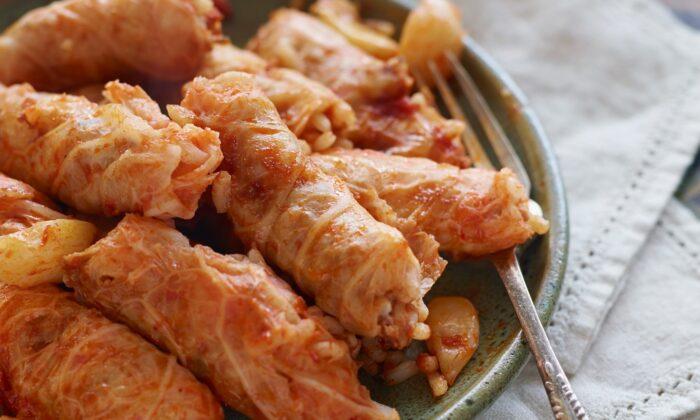As I gaze out toward my mother’s garden, the light of the autumn sun softly cascades down upon the seasonal spoils, illuminating the trees, making the garden look as if professionally lit by a big Hollywood film crew. But no cameras are rolling today—only the one in my mind. Mother Nature is in full bloom as I prepare for one of my favorite things to do: harvesting the garden!

Mama’s garden is massive and magical, so it can take a great deal of time just to walk through—especially as I often get lost in my thoughts. I make mental notes of which crops are ready to be picked and which still need more time and nourishment to mature. I taste-test along the way, as new recipe ideas run through my brain.
Finally, I make my way to the patch of malfouf, cabbage, a must-have vegetable in any Lebanese garden. The curly leaves are lively, the flat leaves are large, and the heads are healthy. I’m thankful to see how well they’ve grown, especially given all the careful thought and time my mother and I put into them.
I recall their beginnings in the early days of spring, when we laid out our plans for the plot, started the seeds, and then transplanted the small plants from the greenhouse into the garden in late May and early June. We created raised beds for them this year, and decided to place each variety in its own row.
Savoy cabbage is our favorite, and preferred for preparing a vast range of traditional Lebanese cabbage dishes, so of course that took center stage. In the next rows we planted green cabbage, then red, and then, because I love to admire the beautiful flowering cabbage varieties blossoming from the ground, we decided to plant a wide array of those to complete our patch.
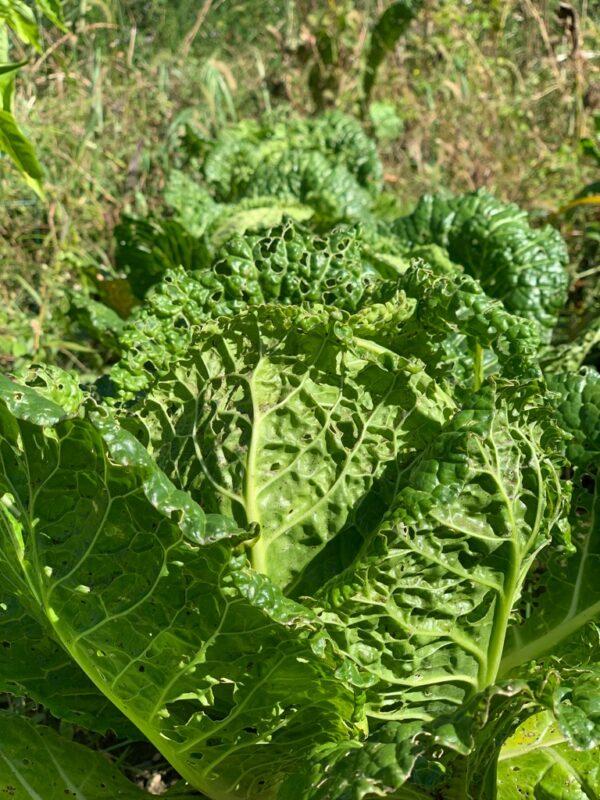
Working the grounds side by side and hand in hand with my mother always sparks my interest in hearing more stories about my Sitto, grandmother, and her jinah (garden) and bustan (orchard) in Lebanon. Reminiscing about my Sitto, whether it be in the garden or in the kitchen, keeps her spirit alive and present, still a part of our lives here in New York. Most importantly, it gives me a close connection to her, her life in Lebanon, and my culinary heritage, which I’m thankful to have inherited.
Guided by memories of my Sitto, and with culinary training from my mother, I carry on my family’s customs and traditions, which I cherish and hold close to my heart.
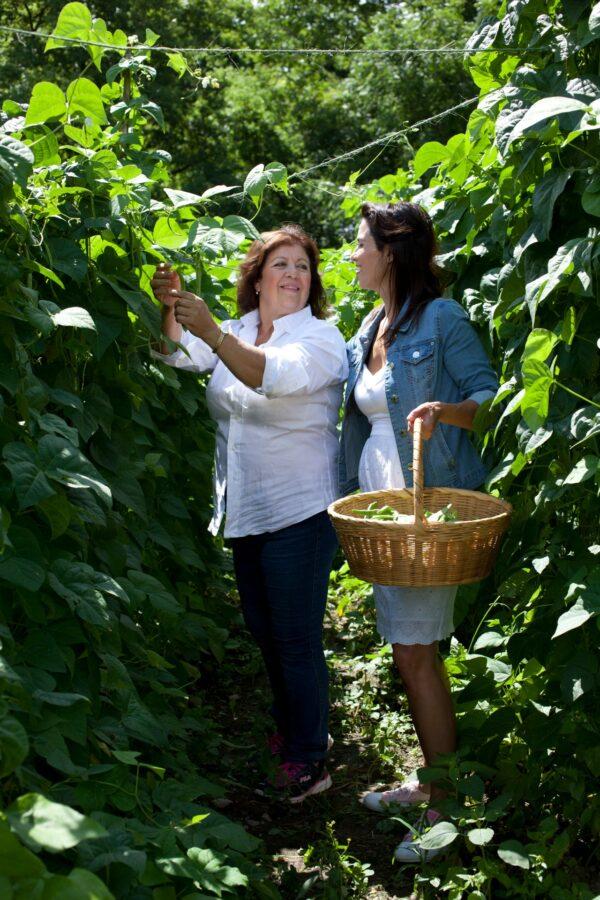
Sitto’s Legacy
My grandmother, like my mother, was a masterful gardener. She lived in Arde, a small rural village situated in the valley of Northern Lebanon. She tended a modest vegetable garden behind her home, along with an arish (grapevine) that climbed up from the ground to the pergola on the flat rooftop terrace of the house.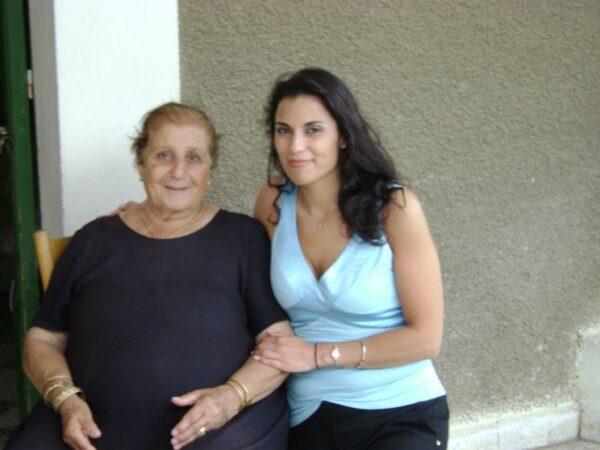
About a few miles from the house, down a long and winding dirt road, was my grandmother’s countryside bustan, a vast orchard of fruit trees of every kind, along with vegetables and herbs one could only imagine.
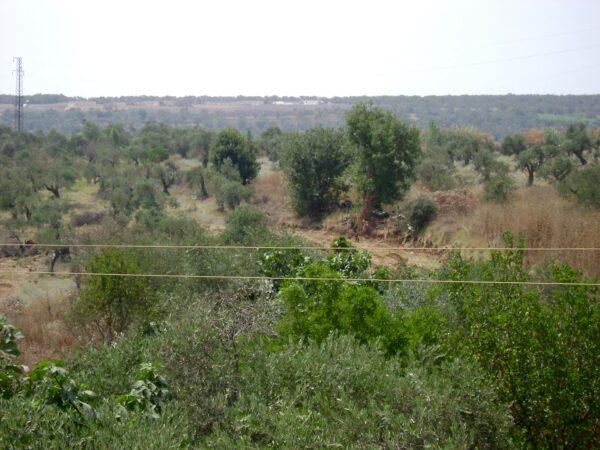
During a month-long visit with my Sitto in the summer of 2007, one of my uncles brought me to the bustan. On this once-in-a-lifetime trip, I was able to take a tour of the terrain, meet the kind man who takes care of the area today, and see my family’s land for myself. It took my breath away. Along the walk to the bustan, my uncle picked a handful of the bluest and biggest wild berries that I'd ever seen, then graciously reached out his hand and offered me to “takloull!” “Eat!”
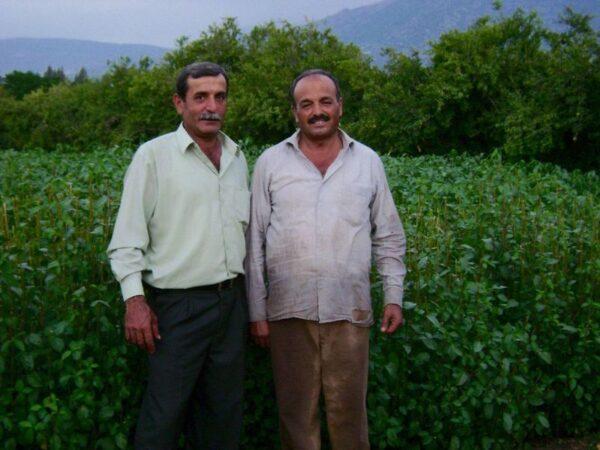
The bustan provided everything one could ever need and more. My grandmother lived off the land. This is how she survived, and how she was able to raise her seven children on her own, after her husband—my Jiddo, grandfather—prematurely passed away in his 30s.
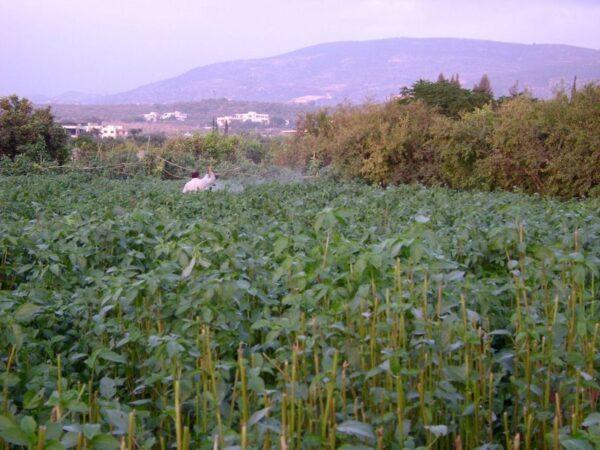
Looking outward, the land was vast, and I remember how vividly green everything appeared to me. I saw kousa (Mediterranean squash), loubieh (flat green beans), batenjen (eggplant), banadoura (tomato), baqdounes (parsley), mitte (cucumbers), hindbeh (dandelions), sleet (wild greens), and zaatar (wild thyme) all growing in abundance.
At the Lebanese Harvest Table
Lebanon’s must-make cabbage recipe of the harvest season, which my Sitto would always prepare, just as my mother and I now do, is our famed stuffed cabbage leaves, mahshi malfouf.Literally translating to “stuffed cabbage,” the dish is made with Savoy cabbage leaves stuffed with a warm, spiced filling of lamb, rice, tomatoes, and garlic, then slowly simmered in a tasty tomato broth spiked with tangy pomegranate molasses. It’s a rustic, comforting classic that’s often prepared at home and served hot straight from the stove-top to the table. The dish is rarely seen at Lebanese restaurants, but is extremely well-known and beloved among the Lebanese people.
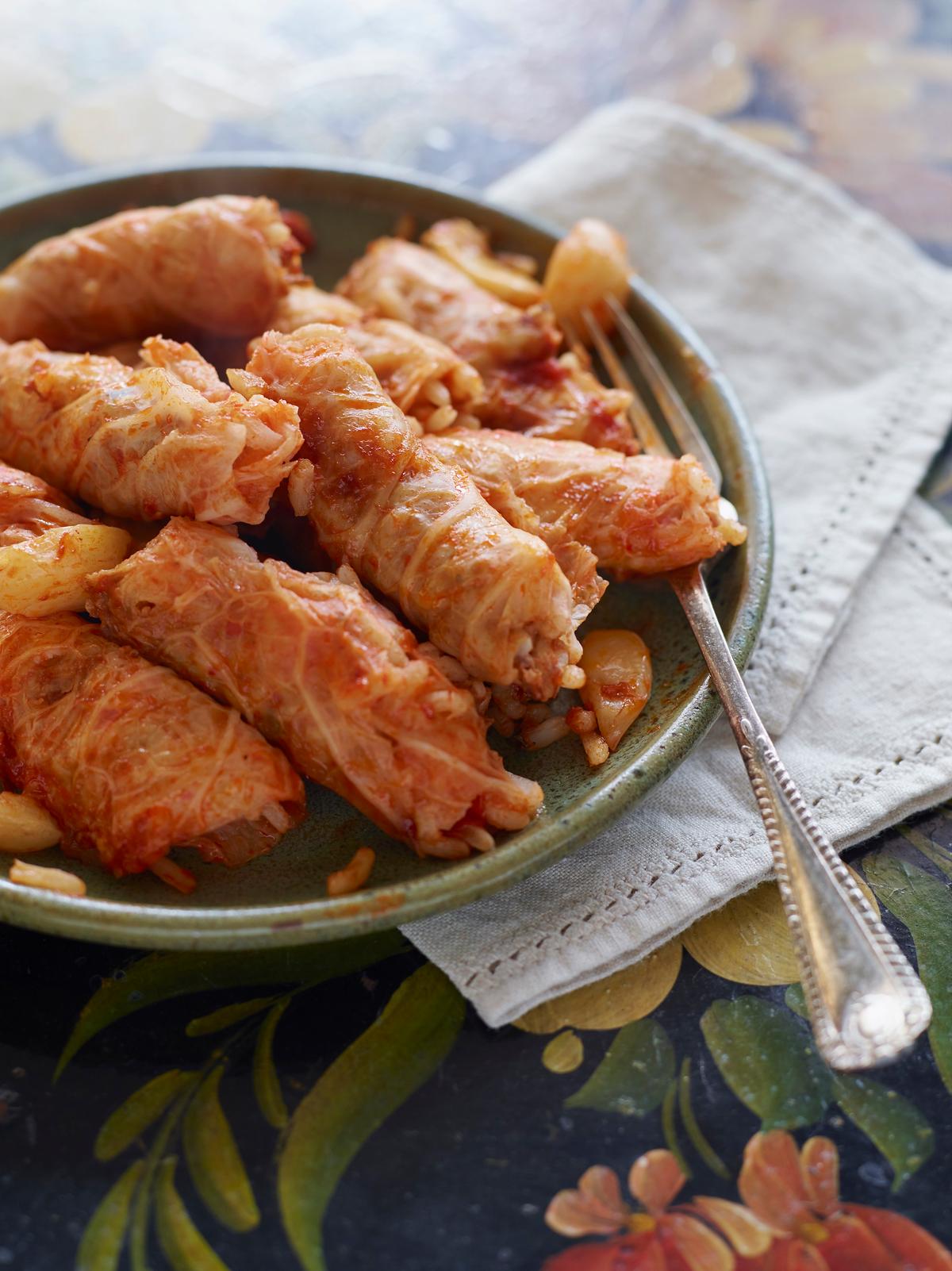
First things first, ingredients do matter! I start by plucking a Savoy cabbage fresh from my Mama’s garden, which in my opinion, is hands-down the best variety to use for this recipe. I find that Savoy cabbage has a mild, earthy-sweet flavor, and tender leaves that become deliciously succulent as they simmer. Once fully cooked, they practically melt in your mouth. Even in raw form, Savoy cabbage leaves are far more pliable than green cabbage leaves, making them easy to stuff and roll.
I look for cabbage with curly leaves; a vibrant, deep-green color; and practically no yellow discoloration, bruises, or other imperfections. I always select a small to medium size head that feels substantial in weight.
Properly coring the cabbage is key, as it will allow the ruffled leaves to fall naturally off the head when you blanch it, the first step of the recipe. Be sure to slice all the way through and remove the entire core.
Once the leaves are blanched and cool to the touch, use a sharp paring knife to shave off any thick outer stems running through the leaves—this is an imperative tiny step that makes a big difference. This technique will give you completely smooth leaves, which will be much easier to evenly roll.
Next comes the stuffing and rolling. In the Lebanese kitchen, our hands are our most important cooking tools. In so many of our recipes, swift and crafty handwork is imperative if you want to not only make, but master dishes. Thankfully, my mother and I have tested and perfected many tips, tricks, and techniques throughout the years, and stuffing cabbage leaves is certainly among them.
You want to be sure to neither under- nor over-fill each leaf, and roll it tightly to keep the parcel together. Another small but significant step is to gently squeeze out as much excess water as possible from each filled-and-rolled leaf.
Finally, pack the leaves close together in the pot, which keeps them intact throughout the cooking process. Since my mother loves the heart of the cabbage, I stuff it and place it in the center of the pot, and then build the layers of stuffed leaves around it in alternating vertical and horizontal rows.
Finally, a key ingredient that makes this dish authentically Lebanese is a touch of dibis rahman, pomegranate molasses, added to the cooking liquid. Pomegranate molasses is a super-concentrated sweet and tangy condiment with a thick, syrupy consistency. A little goes a long way. When used wisely, it adds a lovely tang that enhances both the flavor of the sweet, earthy cabbage leaves and the savory, spiced filling within.
My sitto used to make her own molasses with pomegranates harvested from her orchard. She would slowly simmer the vivid, red-violet juice all day long in a big copper pot over a wood fire in her outdoor kitchen. After it was reduced and thickened, she would then transfer it to bottles to store as she prepared her mouneh, food pantry, for the winter months to come.
When, guided by my mother’s stories, I imagine my Sitto in the kitchen, I transport myself to her home in Lebanon, as if I’m right there watching over her shoulder—just as I imagine she is watching over me in my kitchen today.
Urgent Relief for Lebanon
The horrific tragedy that struck our beloved Lebanon, the enormous explosion on the evening of Aug. 4 in the Lebanese capital city of Beirut, literally shook the country to its core. The explosion killed hundreds of people, injured more than 6,000 others, and in its disastrous wake left over 300,000 people displaced from their homes. Lebanon is in crisis and in critical need of help now more than ever today. Disaster relief and recovery efforts are ongoing.- The Lebanese Red Cross
- The United Nations’ World Food Program
- International Medical Corps
- Impact Lebanon
- Baytna Baytak
- Live Love Beirut
- Lebanon Children’s Relief Fund from Save The Children

